Unraveling Ancient Egyptian Tattoos: Exploring Their Religious, Magical, and Social Significance
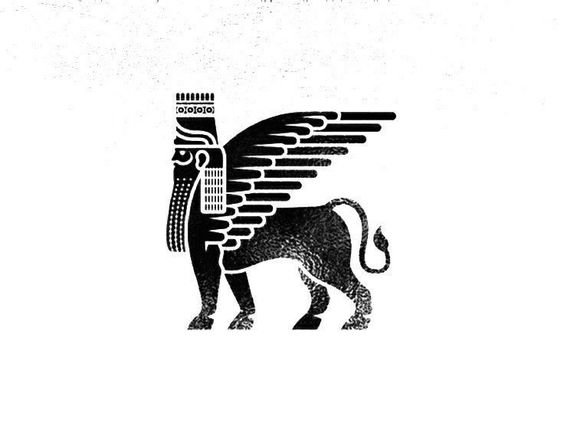
Tattooing has been a form of body art and cultural expression for thousands of years, with its roots stretching back to ancient civilizations. Among the early adopters of this ancient art form were the ancient Egyptians, who adorned their bodies with intricate tattoos for a myriad of reasons. This blog aims to explore the fascinating world of tattoos in ancient Egypt, shedding light on their significance in religious beliefs, magical practices, and social hierarchies.
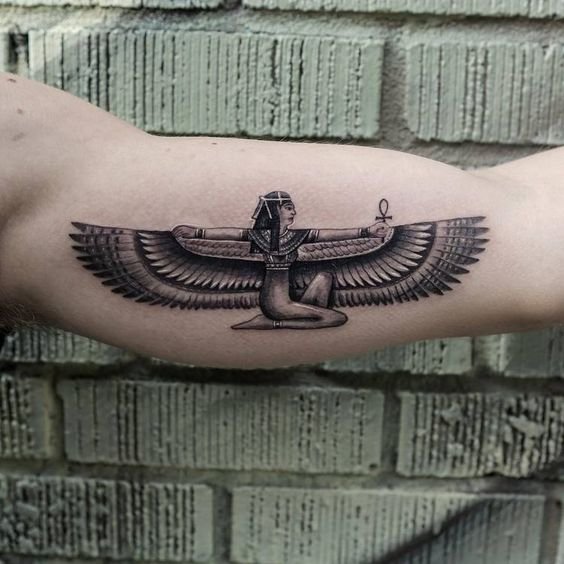
Body Art in Ancient Egypt
The practice of tattooing in ancient Egypt dates back to around 4000 BCE, and it was an integral part of their society. The ancient Egyptians were skilled artisans and craftsmen, and this craftsmanship extended to the art of tattooing. Tattoo designs were often intricate and symbolic, reflecting the individual’s personality, social status, or religious affiliations.
Religious Significance of Tattoos
Religious beliefs held a profound influence on the daily lives of ancient Egyptians. Tattoos played a significant role in their religious practices, serving as a form of devotion to their gods and goddesses. Certain tattoos were considered sacred, and they were believed to offer divine protection and blessings to the wearer.
One of the most prominent examples of religious tattoos in ancient Egypt was the Eye of Horus. This symbol, resembling an eye with distinctive markings, represented the falcon-headed god Horus and was believed to offer protection, good health, and spiritual guidance. The Eye of Horus tattoo was especially popular among soldiers and travelers, who sought divine protection during their journeys.

Magical Practices and Tattoos
Magic held a central place in ancient Egyptian society, and tattoos were often associated with magical practices. Certain tattoo designs were believed to possess mystical properties, providing the wearer with amuletic powers or warding off evil spirits. The act of tattooing was considered a ritualistic process, involving sacred symbols and incantations.
The Ankh symbol, often depicted as a cross with a loop at the top, was widely used in magical tattoos. The Ankh represented eternal life and was believed to harness positive energies, protecting the wearer from harm and granting them a blessed afterlife. Priests, priestesses, and other individuals seeking spiritual protection were known to adorn their bodies with Ankh tattoos.
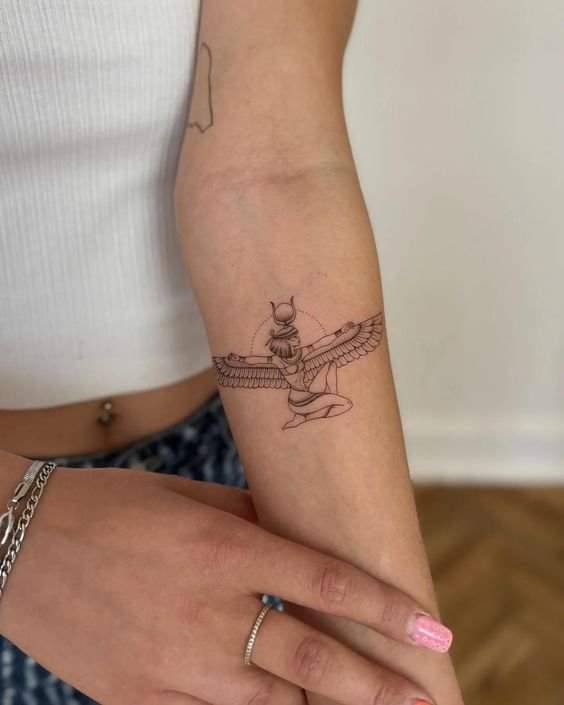
Social Hierarchies and Tattoos
Social hierarchies were an essential aspect of ancient Egyptian society, with different classes of people occupying specific roles and responsibilities. Tattoos were also used as a means of distinguishing between various social classes and affiliations.
Members of the royal family and high-ranking officials often bore tattoos that showcased their status and noble lineage. These tattoos were usually located on visible parts of the body, such as the face, to ensure their prominence. The tattoos served as a visible marker of their elite standing and were a source of pride for those who bore them.
On the other hand, commoners and lower-class individuals had their own set of tattoos, often reflecting their profession, tribe, or familial ties. These tattoos were less elaborate than those of the nobility but were still cherished by their bearers as symbols of belonging and identity.
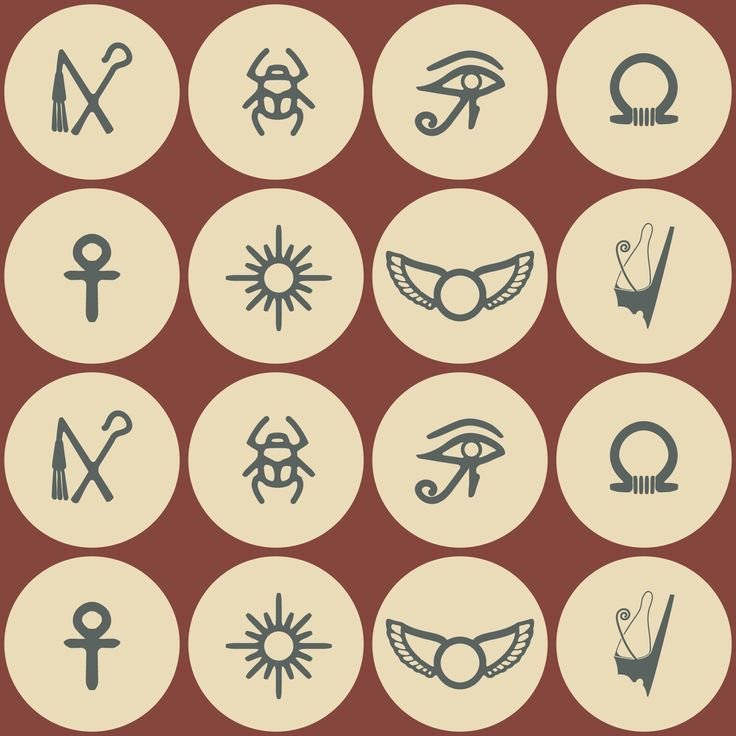
Tattoos as Markers of Life Events
In addition to religious and social aspects, tattoos in ancient Egypt were often used to mark significant life events and milestones. Birth, coming of age, marriage, and even death were occasions where individuals would get tattooed as a way to commemorate and celebrate these events.
For example, young individuals undergoing the rite of passage into adulthood might receive a tattoo as a symbol of maturity and entry into adulthood. Similarly, married couples would often get matching tattoos as a testament to their eternal bond and devotion to one another.
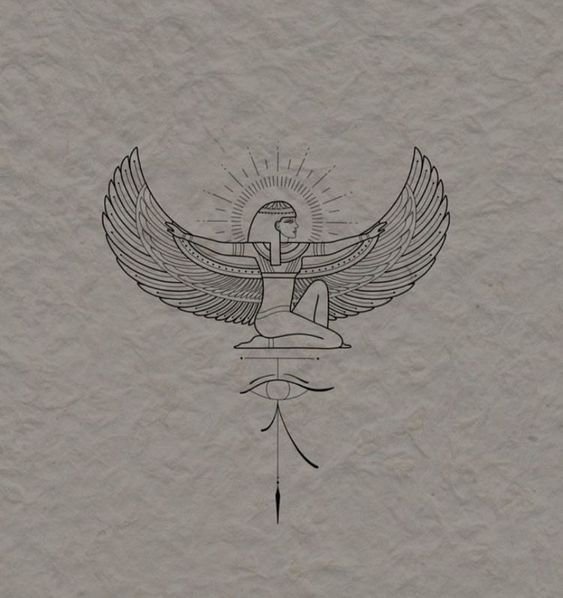
Preservation of Tattoos in Ancient Egypt
The preservation of tattoos in ancient Egypt is a topic of intrigue and debate among historians and archaeologists. Due to the natural decay of organic materials over thousands of years, direct evidence of ancient Egyptian tattoos has been scarce. However, some archaeological discoveries have shed light on the existence of tattoos in ancient Egyptian society.
The mummified remains of several individuals have been found with visible tattoos, indicating that tattooing was indeed practiced in ancient Egypt. These preserved tattoos often featured intricate patterns and symbols, giving insight into the symbolism and purpose of tattoo art during that era.
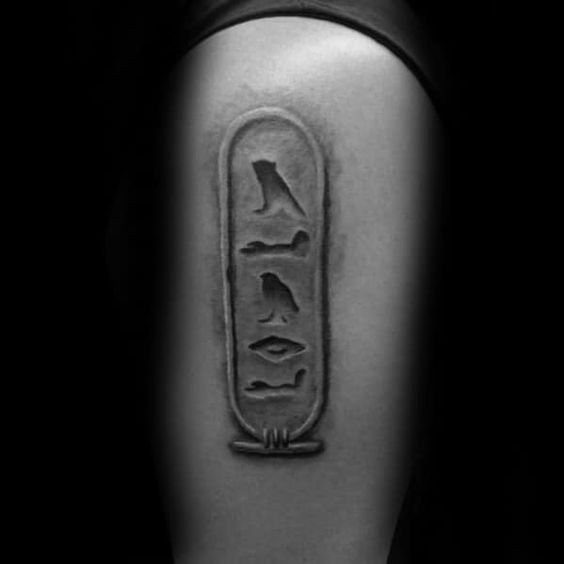
Conclusion
Tattoos in ancient Egypt were not merely a form of body art; they held deep cultural, religious, and social significance. They were intricately woven into the fabric of society, representing an individual’s beliefs, affiliations, and social standing. From religious symbols that invoked divine protection to markers of significant life events, tattoos in ancient Egypt were a testament to the rich and diverse cultural tapestry of this remarkable civilization. Despite the scarcity of direct evidence, the legacy of ancient Egyptian tattoos continues to captivate our imagination and serve as a reminder of the enduring power of this ancient art form.


